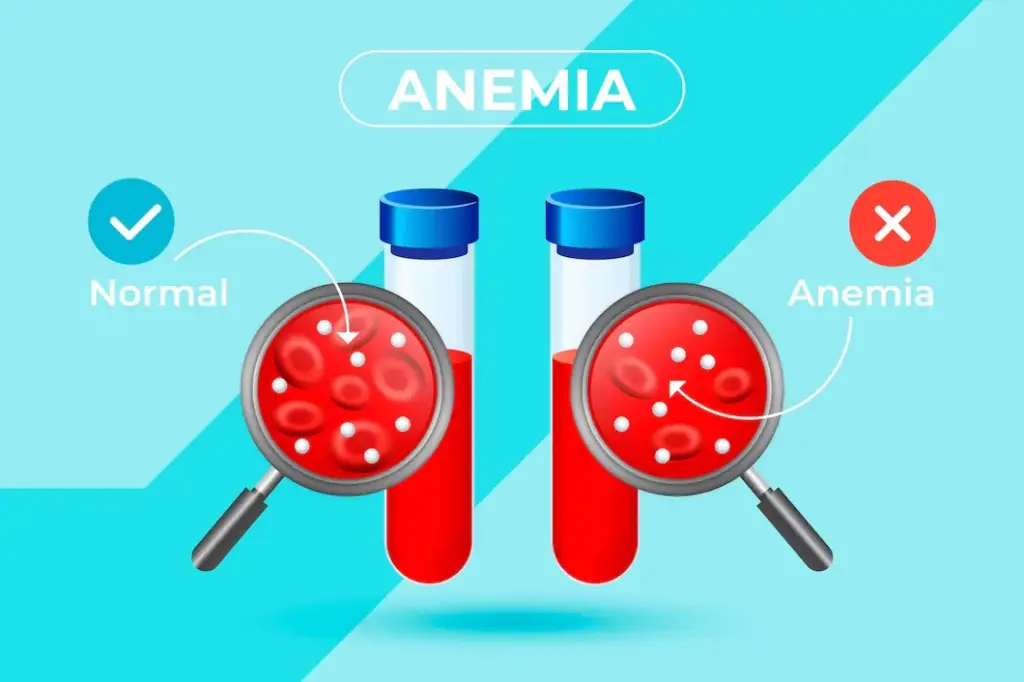Aplastic anaemia is a rare condition where the bone marrow fails to produce sufficient blood cells. This can lead to fatigue, susceptibility to infections, and uncontrolled bleeding. Recent advancements have introduced various innovative treatments, providing hope and improved quality of life for those affected. This guide delves into the cutting-edge therapies available today.
Understanding Aplastic Anaemia
Aplastic anaemia significantly impacts the body’s ability to produce new blood cells. The bone marrow, which generates red and white blood cells as well as platelets, becomes damaged. This leads to a deficiency in all types of blood cells, causing severe health complications.
Early diagnosis and effective aplastic anaemia treatment are crucial for managing the disease and enhancing the patient’s quality of life. Several approaches to aplastic anaemia treatment are tailored to the severity of the condition and the patient’s overall health.
Innovative Drug Therapies
Recent years have seen remarkable progress in the development of drug therapies for aplastic anaemia. These treatments aim to stimulate the bone marrow and improve blood cell production.
- Eltrombopag: This medication works by stimulating platelet production. It has shown promise in patients who do not respond to standard treatments. By increasing platelet count, Eltrombopag helps reduce the risk of bleeding and improves overall patient outcomes.
- Immunosuppression Therapy (IST): Often used in conjunction with other treatments, IST involves medications that suppress the immune system’s attack on the bone marrow. Drugs like cyclosporine and antithymocyte globulin (ATG) are commonly used. These medications help the bone marrow recover and produce blood cells more effectively.
- Ravulizumab: A newer drug, Ravulizumab, has shown potential in treating aplastic anaemia by targeting specific pathways involved in the disease. By inhibiting certain proteins, it can help restore normal blood cell production and improve patient health.
- Danazol: This synthetic steroid has been used successfully in some cases of aplastic anaemia. It works by increasing the production of blood cells and improving bone marrow function. Danazol is often used in combination with other therapies for optimal results.
These innovative drug therapies offer new hope for patients with aplastic anaemia, improving their chances of recovery and enhancing their quality of life.
Stem Cell Transplantation
Stem cell transplantation, also known as bone marrow transplant, remains one of the most effective treatments for aplastic anaemia. This procedure involves replacing the damaged bone marrow with healthy stem cells from a donor. There are two main types of stem cell transplants:
- Allogeneic Stem Cell Transplant: This involves using stem cells from a compatible donor, usually a sibling or an unrelated donor. The donor’s healthy stem cells are infused into the patient’s bloodstream, where they migrate to the bone marrow and begin producing new blood cells. This treatment has shown high success rates, especially in younger patients.
- Autologous Stem Cell Transplant: In some cases, patients may receive their own stem cells after a period of treatment to eliminate any remaining diseased cells. This approach reduces the risk of graft-versus-host disease, a common complication of allogeneic transplants.
Stem cell transplantation is a complex procedure that requires careful preparation and monitoring. However, it offers the potential for a long-term cure for aplastic anaemia, making it a crucial option for many patients.
Cutting-Edge Immunotherapy Approaches
Immunotherapy is revolutionising the treatment of many diseases, including aplastic anaemia. These therapies harness the body’s immune system to target and eliminate diseased cells. Several innovative immunotherapy approaches are being explored for aplastic anaemia treatment:
- Monoclonal Antibodies: These laboratory-made molecules can specifically target and bind to diseased cells, marking them for destruction by the immune system. Monoclonal antibodies like alemtuzumab have shown promise in treating aplastic anaemia by reducing the immune system’s attack on the bone marrow.
- Chimeric Antigen Receptor (CAR) T-Cell Therapy: This cutting-edge treatment involves modifying a patient’s T cells to recognise and attack specific proteins on the surface of diseased cells. CAR T-cell therapy is still in the experimental stage for aplastic anaemia, but early results are encouraging.
- Immune Checkpoint Inhibitors: These drugs block proteins that prevent the immune system from attacking diseased cells. By inhibiting these checkpoints, immune checkpoint inhibitors can enhance the body’s ability to fight aplastic anaemia.
Immunotherapy offers a new frontier in aplastic anaemia treatment, providing hope for patients who may not respond to traditional therapies.
Gene Therapy: The Future Of Treatment
Gene therapy holds immense potential for treating aplastic anaemia at its source by correcting genetic defects that cause the disease. Researchers are exploring various approaches to gene therapy, including:
- Gene Editing: Techniques like CRISPR-Cas9 allow scientists to precisely modify specific genes associated with aplastic anaemia. By correcting these genetic mutations, gene editing can restore normal bone marrow function and blood cell production.
- Gene Addition: This approach involves adding healthy copies of defective genes into the patient’s cells. These healthy genes can compensate for the faulty ones and improve bone marrow function.
- Viral Vectors: Scientists are using modified viruses to deliver therapeutic genes into the patient’s cells. These viral vectors can efficiently transfer healthy genes to the bone marrow, promoting the production of normal blood cells.
While gene therapy is still in the experimental stage, it offers a promising avenue for curing aplastic anaemia. Continued research and clinical trials are essential to refine these techniques and ensure their safety and efficacy.
Conclusion
The landscape of aplastic anaemia treatment is rapidly evolving, with innovative therapies offering new hope for patients. These treatments, combined with supportive care measures, can significantly improve patient outcomes and quality of life. By staying informed about the latest advancements, patients and healthcare providers can work together to find the most effective strategies for managing aplastic anaemia.
